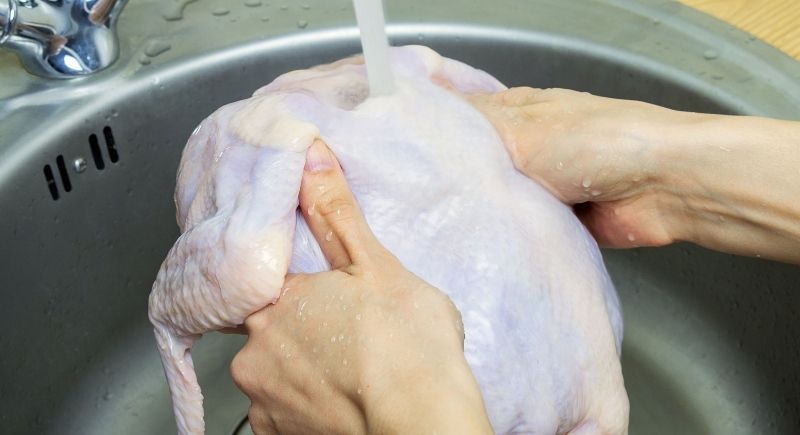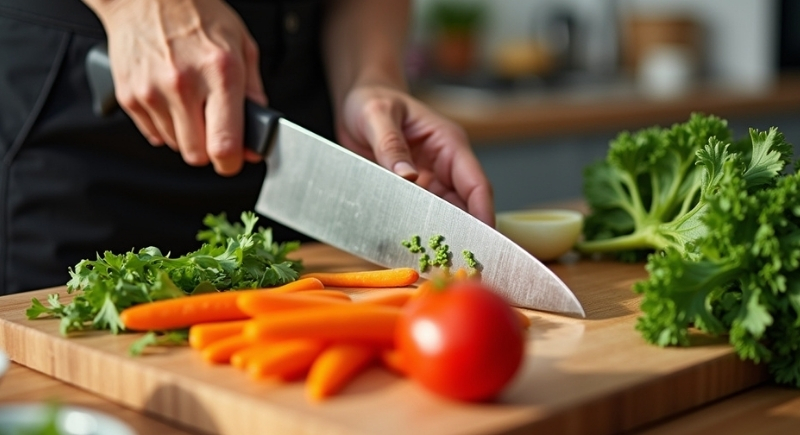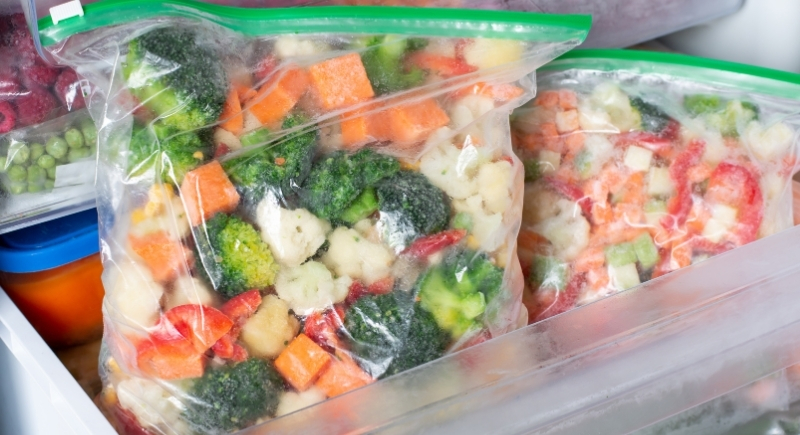5 Common Unhygienic Mistakes Almost Everyone Makes in Their Kitchen
A lot happens in a kitchen without anyone thinking twice. People follow familiar routines, trust their habits, and repeat the same steps every day because they feel comfortable doing them. That comfort is what makes certain unhygienic mistakes so common. Small shortcuts blend into muscle memory, and most folks never realize they are taking risks until someone points it out. What surprises people most is how many households share the exact same habits, even though a few of them can easily lead to cross-contamination or spoiled food.
Rinsing Meat And Spreading Trouble

Image via Getty Images/Evgen Prozhyrko
Rinsing raw poultry or beef under the tap is quite common. It feels like the right move since water removes that slick surface. The problem is that the splash radius sends invisible microbes across sinks, counters, and anything sitting nearby.
Food safety agencies, including the USDA, have warned about this for years after tests showed water spray can move bacteria several feet. Cooking meat to the proper internal temperature does the real work, so rinsing only adds a mess the eye cannot see.
Using Sponges Past Their Prime
Sponges often look harmless, which is how they earn a permanent spot by the sink. Tests conducted in household studies found that sponges can harbor dense pockets of bacteria because moisture and food scraps collect in their porous surfaces. Each swipe across a counter spreads whatever has settled inside it. Drying a sponge fully, running it through the dishwasher, or replacing it every few days keeps these microbes from lingering. Dishcloths pose the same issue when they sit crumpled and damp, so tossing them in a hot wash prevents buildup.
Reusing Cutting Boards And Knives Between Tasks

Image via Canva/Studio Mexico
Reusing the same cutting board or knife during meal prep often feels like a small time-saver, yet it introduces problems faster than people expect. Moving from raw meat to vegetables or fruit creates a direct path for bacteria, and many home studies show how easily pathogens travel through simple surface contact.
Once those germs reach foods that will not be cooked again, the risk becomes much more serious. Using separate boards for raw ingredients and ready-to-eat items helps prevent that spread, and washing knives with hot, soapy water between tasks keeps contamination from slipping into the next part of the meal.
Handling Trash Without A System
Kitchen trash builds more problems than people notice at first. Leaking liquids, crumbs that slip between liners, and warm, humid corners all create a space where germs and insects settle in. A dirty bin also spreads odors through the room, which makes regular cleaning much more important than most people expect.
Wiping the can with a mix of white vinegar, water, and rubbing alcohol keeps residue under control. Rinsing recyclable containers before tossing them in, and tying bags securely, also limits the mess that attracts pests. These small steps take very little time and remove one of the most overlooked hygiene issues in the kitchen.
Packing The Fridge Too Tightly

Image via Canva/Ahanov Michael
A packed fridge feels comforting, but cold air cannot circulate when every shelf is filled edge to edge. Warm pockets form around crowded items, which speeds up spoilage. Studies into household appliance efficiency found that overloaded refrigerators work harder, push energy use higher, and allow foods to sit in uneven temperatures. Leaving space between containers and keeping raw items on the bottom shelf helps improve airflow and lowers contamination risks from dripping juices.
Safe kitchen routines do not require dramatic lifestyle changes. They rely on awareness and small changes, and these choices remove much of the guesswork and build confidence in the space where meals come together. The payoff shows up quickly because food lasts longer, cleanup stays easier, and the kitchen becomes a place that feels genuinely cared for rather than managed on autopilot.